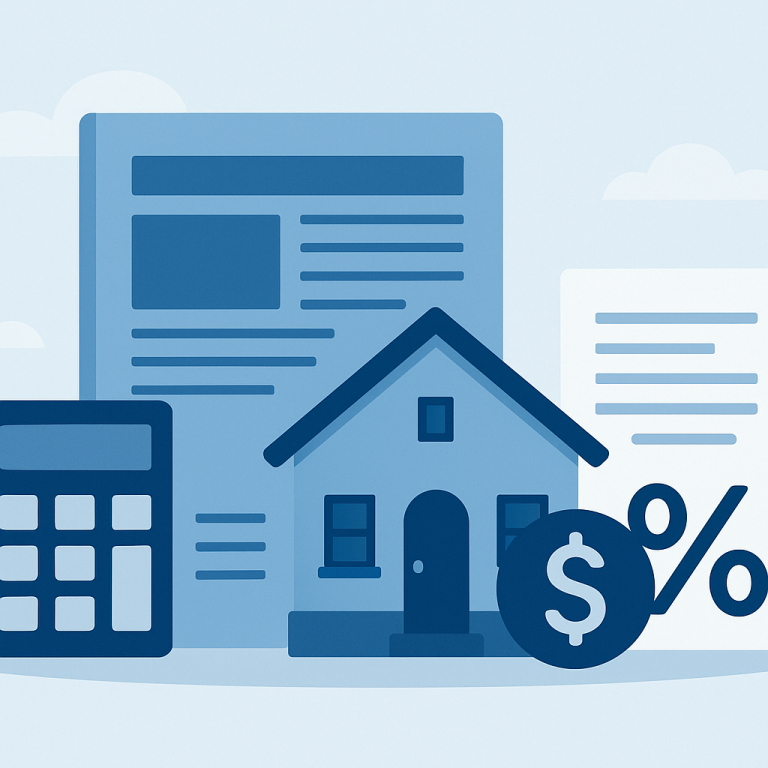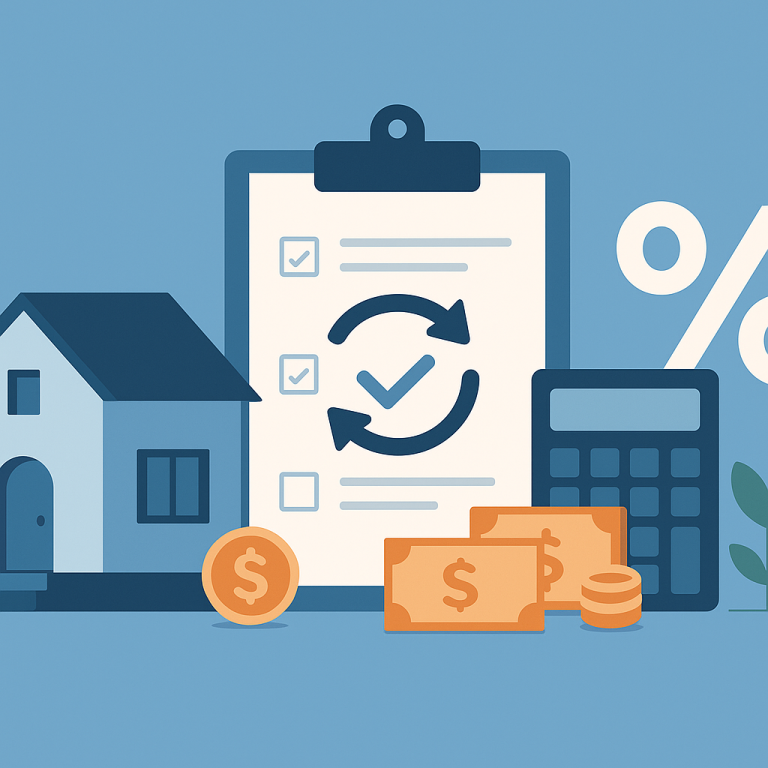Refinance guide applying for refinance while changing jobs
What it is and when it makes sense
Applying for a mortgage refinance while changing jobs means submitting a refinance application during a period when your employment is in transition — for example, you have recently accepted a new job, are about to start one, or are moving from salaried work to self-employment. Lenders review employment and income closely because these factors determine your ability to repay the loan, so job changes can affect underwriting decisions and timing.
This situation makes sense when the financial upside of refinancing is clear and attainable despite the job change. Typical reasons include securing a lower interest rate, moving from an adjustable-rate to a fixed-rate mortgage, shortening the loan term, or tapping equity for home improvements or debt consolidation. It tends to make most sense when the new job is in the same line of work at an equal or higher salary, or when you have documentation (offer letter, paystubs, W-2s) that demonstrates stable income.
Benefits and drawbacks
Benefits
- Lower monthly payments or interest rate if you qualify, saving long-term interest costs.
- Opportunities to change loan terms (shorten to pay off faster or switch to a fixed rate).
- Access to home equity through a cash-out refinance if needed for repairs or debt reduction.
- If the new job increases income, it can strengthen your debt-to-income ratio (DTI) and overall qualification.
Drawbacks
- Job changes can complicate or delay underwriting; lenders prefer stable employment histories.
- Your application could be denied or underwriting may ask for additional documentation, increasing time and stress.
- Some lenders may require a waiting period (or deny) for certain transitions, such as moving to self-employment or commission-only roles.
- You may lose nonrefundable upfront costs if the refinance does not close (e.g., appraisal fees).
Costs and fees
Refinance costs are similar to those for an original mortgage and typically range from about 2% to 6% of the loan amount, depending on loan type and location. Common fees include:
- Appraisal fee — required to assess home value (often $300–$700+).
- Credit report fee — small administrative charge.
- Underwriting and processing fees — lender charges for reviewing your file.
- Origination fee — a percentage of the loan for arranging the refinance.
- Title search and insurance — to clear and insure title.
- Recording fees and local taxes — to register the new mortgage.
- Prepayment penalties — if your current mortgage carries one, check the payoff cost.
Note: If your refinance fails because of a job change, some fees (like appraisal and inspection costs) may not be refundable.
Step-by-step process
- Assess your situation. Compare potential savings to costs. Use a break-even calculator to estimate how long it will take to recoup closing costs.
- Talk to lenders early. Disclose the job change upfront. Ask how they handle employment transitions and what documentation they will require.
- Gather documentation. Typical items: recent pay stubs (usually 30 days), W-2s for two years, employer offer letter for a new job, bank statements, tax returns (if self-employed), and identification.
- Prequalification or preapproval. Based on the documents and your credit, the lender will give a conditional approval or rate estimate. Expect caveats around employment stability.
- Lock the rate or wait. Decide whether to lock your rate. If your employment is not yet verified, many borrowers delay locking until after the new job appears on paystubs to avoid needing a re-verification.
- Underwriting review. The lender verifies employment (verbal or written VOE), income, assets, and runs a home appraisal.
- Clear-to-close. Once underwriter conditions are satisfied, you’ll get a clear-to-close and set a closing date.
- Close the loan. Sign documents, pay closing costs, and the new loan pays off the old one.
Common pitfalls to avoid
- Not disclosing the job change to your lender. Full transparency prevents surprises and last-minute denials.
- Switching to a lower-paying role or a different field without discussing impacts with your lender. A pay cut or change in occupational category can harm qualification.
- Starting self-employment right before or during the refinance. Most lenders require two years of self-employment history or additional tax return documentation.
- Assuming a signed job offer is always enough. Some underwriters require paystubs showing actual earnings, or a probationary period to lapse.
- Locking a rate before verifying new employment. If your employment status changes before closing, rate, terms, or approval could be affected.
- Letting appraisal or other contingencies lapse. Time-sensitive documents can expire if underwriting drags on because of employment verification delays.
Short FAQ
Can I refinance if I recently accepted a new job?
Possibly. Lenders typically accept a new job when it’s in the same field and pays the same or more, especially with an official offer letter or initial pay stub. But some lenders prefer to see at least 30 days of pay from the new employer before closing.
What if I switch to self-employment during the refinance?
Moving to self-employment complicates refinancing. Most lenders want two years of self-employment history and tax returns. If you make the change, expect additional documentation and potentially a delay or requirement to wait before closing.
Will changing jobs make my rate higher?
Changing jobs itself doesn’t directly change your rate, but it can affect your ability to qualify. If the job change weakens your income, increases your DTI, or introduces job instability, you may receive less favorable terms or be denied.
Should I wait until after probation to refinance?
Often yes. Waiting until you have at least one or two pay cycles on the new job or until a probationary period ends reduces risk of underwriting issues. Talk to your lender about their specific requirements.
Refinancing during a job change is doable, but it requires careful timing, full disclosure, and the right documentation. Communicate early with your lender, weigh the costs versus benefits, and avoid last-minute employment moves that could jeopardize closing.
META: evergreen article — topic: applying for refinance while changing jobs, wordcount ~1050







